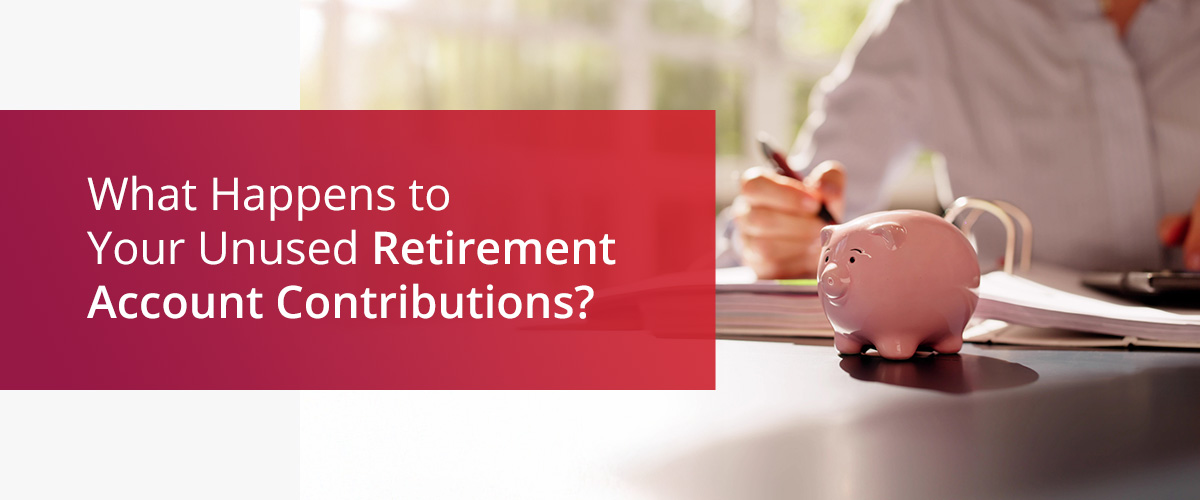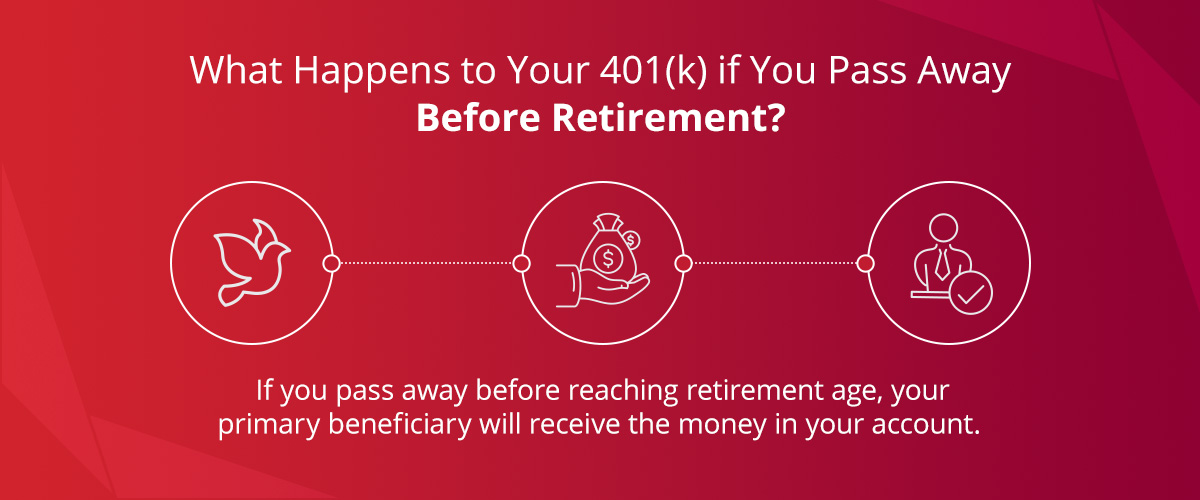
Your retirement accounts are your foundation for a secure future. However, changing jobs can raise questions about what happens to your contributions. You might also wonder what happens if you pass away before you retire. Understanding the rules helps you protect your assets and ensure the funds go where you want them to.
Fortunately, unused 401(k) contributions remain yours after you leave your job or pass away. However, they require proper financial management, beneficiary planning and tax considerations. Learn more about managing your retirement accounts when you change jobs and how to avoid taxes and penalties.
What Happens to Your 401(k) if You Are Fired or Quit?
When you leave your job, regardless of whether you quit, were laid off or were fired, your 401(k) contributions are yours to keep. Additionally, anything your employer contributed is yours if you’ve reached the time required to vest. If you leave your job before you’re fully vested, you forfeit the unvested amount. Some plans become fully vested after a specific time, often three years, while others vest gradually over a longer period.
Note that if you have an existing loan on your 401(k), you’ll likely need to repay it immediately. Otherwise, the IRS will treat the outstanding loan amount as a taxable distribution.
If you have a 401(k) account when you leave your job, you can keep your old plan, withdraw the funds or roll them into a new account.
Keep the Existing Account
Even if you want to keep your existing account where it is, your former employer may be able to make you do something else, depending on how much money is vested in the account:
- Less than $1,000: Your employer can close the account and send you a check.
- Between $1,000 and $5,000: They may force you to move the funds or roll them into an individual retirement account (IRA) of their choice.
- Over $5,000: Your former employer must allow you to keep your account on their plan. However, you won’t be able to contribute to it anymore, and you’ll have to pay any administration fees your old employer was paying.
Cash Out
If you cash out the account, you’ll pay income tax on the amount and may owe a 10% penalty tax for early withdrawal. For most 401(k) plans, you can withdraw money without penalty after age 59 ½. If you’re younger, you could owe nearly half the balance in taxes, depending on your state tax rate.
Roll Into a New Account
For most people, the best option is to roll the money into another retirement savings account, which means the money continues to grow tax-advantaged. If your new employer offers a 401(k), you can move the funds from the old plan to your new plan. You can also roll your balance into an IRA. There are a few different types of IRAs, which have different tax benefits and allow various investments.
Whether you’re moving to a new 401(k) or an IRA, it’s best to have your old plan custodian transfer the balance directly to your new custodian to avoid the tax implications of taking an early distribution. If your plan administrator makes a check out to you, they must withhold 20% for taxes.
You then have 60 days to deposit the full amount into another tax-advantaged account, including that missing 20%. If you can’t make up that 20%, the IRS considers it an early withdrawal, so you’ll owe taxes and penalties.
What Happens to Your 401(k) if You Pass Away Before Retirement?

When you opened your 401(k), you should have assigned a primary and alternative beneficiary. If you pass away before reaching retirement age, your primary beneficiary will receive the money in your account. Your 401(k) documents override your will. If you don’t have a named beneficiary, your 401(k) will become part of your estate and will be distributed through your state’s probate process.
People who are married are generally required to name their spouse as their primary beneficiary or get their spouse’s written consent to name someone else.
What your beneficiary can do with the funds depends on their relationship to you. Surviving spouses have the most options. The best option may be to roll the funds into their own 401(k) or IRA. The money can continue growing in a tax-advantaged account, and the spouse won’t need to start taking distributions until they retire or reach age 73.
Surviving spouses can also keep the original account with the former employer’s plan, disclaim the assets or take a lump-sum distribution, though this is generally not recommended since the tax implications can be significant.
Most other beneficiaries have 10 years after the original owner’s death to withdraw everything in the account. They can also transfer the funds to an inherited IRA, which allows the money to stay invested, though the 10-year rule still applies. They may also take a lump-sum distribution.
Beneficiaries will pay income taxes on withdrawals from traditional 401(k) accounts but won’t owe the 10% early distribution penalty. Because contributions to a Roth 401(k) are post-tax, withdrawals are tax-free as long as the account is at least 5 years old.
Managing Unused or Excess Contributions and Withdrawal Rules
The IRS limits how much you can contribute to your 401(k) each year. In 2025, the annual 401(k) contribution limit is $23,500. Some people may also make catch-up contributions. People aged 50 or older can contribute up to $7,500, while those aged 60-63 can contribute up to $11,250.
Contributions over the limit are called excess deferrals. If you don’t correct these additional contributions, you’ll owe taxes. Excess deferrals are included in your taxable income and are taxed again when they are distributed from the account. To correct excess deferrals, you must withdraw the amount over the limit and anything earned because of those contributions by April 15 of the following year. Income earned on the excess amount counts as income, but you won’t owe the 10% early distribution tax.
If you miss the deadline, you won’t be able to withdraw the excess until you reach retirement age and will be taxed twice.
Next Steps and Getting Help With Your Retirement Accounts
Navigating the rules of retirement accounts can seem complicated. Accuplan Benefits Services is here to help. With a self-directed IRA, you have more control over your investments and can invest in alternative assets beyond the standard stocks and mutual funds offered in conventional 401(k)s and IRAs. At Accuplan, we can assist with your retirement planning and general financial management. Reach out today by filling out our contact form or signing up for an account.
Our information shouldn’t be relied upon for investment advice but simply for information and educational purposes only. It is not intended to provide, nor should it be relied upon for accounting, legal, tax or investment advice.
